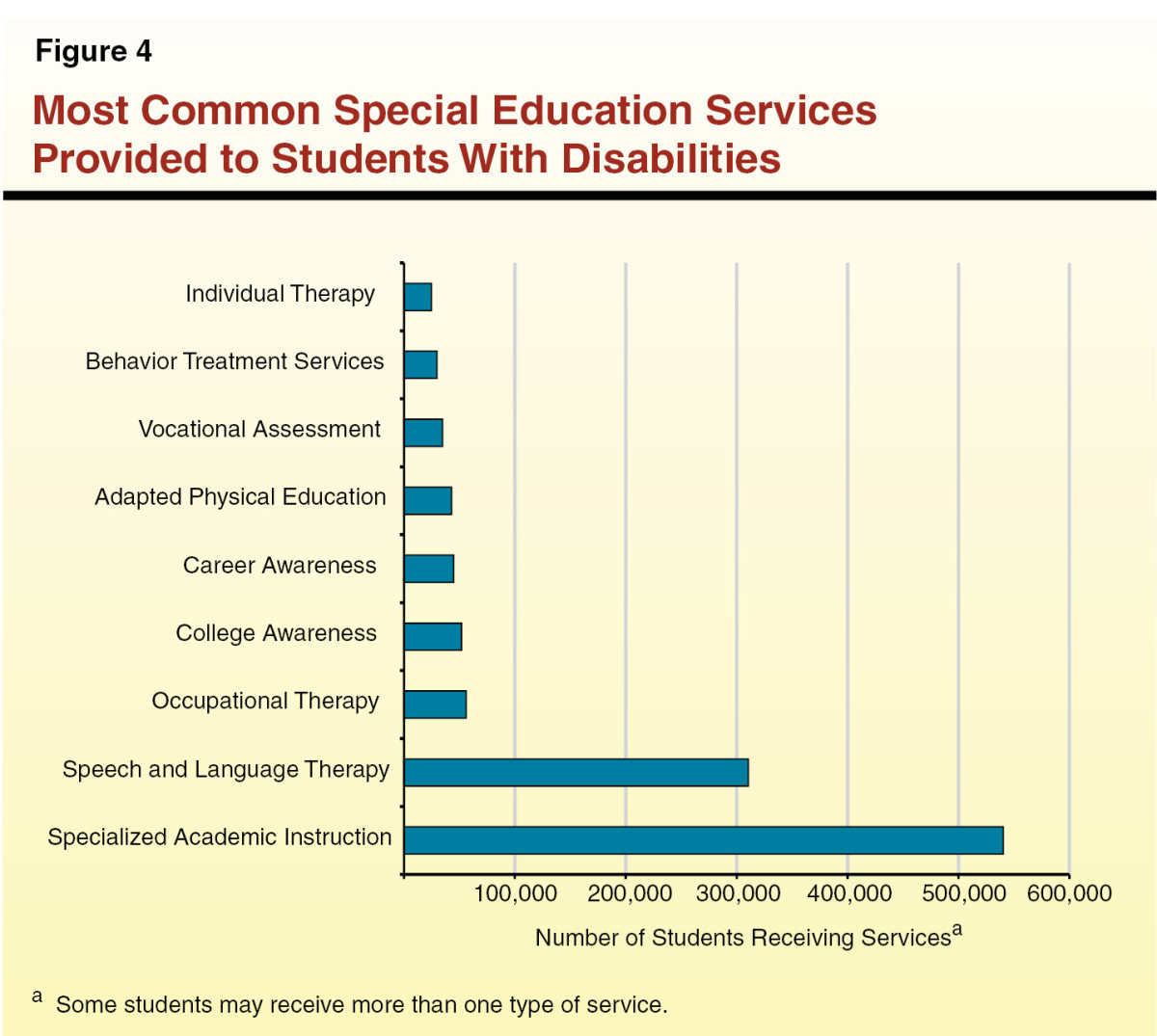Understand the Objective of an Analytical Essay
The analytical essay goes further than simple summary, depiction and description. Rather than telling the reader the truth of the situation, the analytical essay demands to examine information and assess it. Put another way, the analytic essay does not merely ask what, where and when; it asks why and how. Writing an analytic essay requires that the student make some sort of argument. The core of an argument is called a thesis. The first step in writing an analytical essay is being certain that you have read through the material analytically and carefully. It is essential to know exactly what the writer is saying and why. The second step is confirming that you comprehend the task and what you need to complete it.
However essays are different for High school students and University level students. Because Grade matters, and so does the level of essay.
High School Essays
- Topic are often broad or common
- Thesis must be specified in one sentence
- Five-paragraph essay with three main points
- Introduction along with thesis statement, body, and conclusion
University-level Essays
- Detailed analysis of focused topic
- Thesis explains and gives evidence for its assertions, but it’s not specific in length
- No fixed format; the number of paragraphs depends on the argument
- Introduction along with thesis statement, body, and conclusion
It is your statement, which is to be briefly stated in a single sentence. Students make a pervasive, determined case that a certain thing is factual about a piece of literature. This "thing" should not be readily evident and observable to the casual reader of the literature in question. It is what is drawn out of the book or essay, how you understand or interpret it. It is a statement that must be sustained by specific evidence from the text.
Starting an Analytical Essay
Analytical essays are writings that have a more narrowed focus than a summary. They generally focus on how the book or poem was written. In short, the analytical essay involves you to look at the less significant parts of the work to help beam light on the larger picture.
- Read the project prompt very wisely. Be prepared of the changes dissimilarities between “consider,” “explain,” and “evaluate.”
- Select a topic and brainstorm it. Come out with as many ideas as possible that relate to the project.
- Highlight the best ideas from contradictory perceptions.
- Select which viewpoint you want to shield.
- Improve and develop a working thesis.
- Identify the parts that will be discussed in order to protect or explain the thesis, and points.
Developing the Analysis
Once the thesis is developed and lists of points that need to be discussed are prepared it is important to evaluate whether the thesis is defendable and which points commend it and which detract from it.
- Focus on quality of the analysis, not quantity. There may be heaps of reasons that support the view. Pick only the best.
- Reflect on opposing standpoints and likely reasons for defending them. Are any of these reasons convincing? If not, why not? If so, why?
- Revise and reconsider the thesis as several interpretations or arguments arise. One might have to try different or even opposite decisions before being sure that the point are the best.
There are relatively a few ways to create the analytical essay, but nevertheless how you select to write it, an essay should always have three main parts:
- Introduction
- Body
- Conclusion
Structuring the Analytical Essay
There are many different ways to structure an analytic essay. Which structure is best depends on the type of essay, the main goals of the essay and the discipline for which it is written. Here are some examples of alternative structures:
Introduction
Introductions should classify the work of literature being conversed, name the author, and concisely show the issue that the body of your essay will more fully improve the thesis. Mainly, introductions suggest that something interesting is happening in a certain work of literature. The opening paragraph and should include: Hook, Author, Title, Key Characters, a Short Summary and Thesis. These points will be the building blocks of the body paragraphs.
- Hook - The beginning sentences of the introduction that catches the reader’s interest.
- Write a Thesis Statement
- How the thesis is going to be proved – back it up
Body
The body of the essay should reasonably and completely improve and support the thesis. Each body paragraph should focus on one main idea that ropes the thesis statement. The body is where you can start to get certainly imaginative and play around with formatting. Each body paragraph comprises a topic sentence, trailed by three sets of claims, evidence to support the claims, and how that evidence connects back to the topic sentence.
The Body Paragraphs include:
I. Developing a strong topic sentence – states the main point of a paragraph
II. Background for the quote / Make the claim – this introduces the speaker, setting, and/or situation
III. Quote/Actual specifics or evidence – a specific example from the work used to provide evidence
IV. Comments / Explanation – interpretation of the concrete detail
V. Concluding Sentence – last sentence of the body paragraph clarification back to the major thesis.
Conclusion
The last paragraph of the analytical essay, the conclusion should be a brief reaffirmation of the main facts without being a through copy. One last chance is given to persuade the readers of the arguments and a sense of closure. Summarize the argument and extend the argument. A refined urbane conclusion does not merely reaffirm the thesis of the introduction or review the reason offered in the body of the essay. The conclusion, most often, will try to recommend the bigger importance of the discussion – why is it important?
Composing the Essay
Depending on how intricate it is, there are more than a few different ways to present an argument. Often the best initial step is to improve an outline and study it to confirm that the ideas are planned in a perfect and reliable way.
- Improve a clear, focused motivated thesis statement and keep the same kind of emphasis in each paragraph.
- Each paragraph should add to the progress of the argument.
- Present the ideas in a regular order, the thoughts should be clear, logical and flow in a realistic order.
- Use evidence or instances from the text in each paragraph.
- Make certain that the analysis is detailed. Are you making assumptions that are questionable? Did you consider all opposing arguments?



